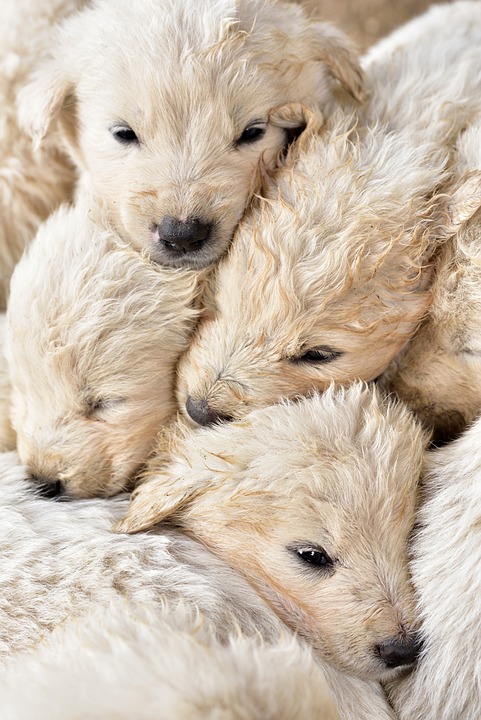Playing fetch with your furry friend is not only a great way to bond but also an excellent form of exercise for dogs. However, retrieving the ball or toy is only half the fun. Teaching your dog to “drop it” on command is crucial for a safe and enjoyable playing experience. In this article, we will explore effective techniques to train your dog to release the object they have fetched, ensuring a smooth and enjoyable game of fetch. Additionally, we will address some frequently asked questions related to this topic.
Why is Teaching “Drop It” Important?
Before delving into the training techniques, it is essential to understand why teaching your dog to “drop it” is crucial. Here are a few key reasons:
1. Safety: Dogs may sometimes pick up objects that are potentially harmful, such as sharp sticks or toxic substances. Being able to command your dog to drop these items promptly can prevent accidents or health hazards.
2. Game Continuity: Without the “drop it” command, playing fetch can become a frustrating experience. Your dog may keep the toy or ball out of reach, leading to a game pause or unnecessary chasing.
3. Enhanced Bonding: Training your dog to respond to commands strengthens the bond between you and your furry companion. “Drop it” is an essential command that reinforces your position as the leader and enhances communication.
Training Techniques for “Drop It”
Now, let’s dive into effective training techniques to teach your dog to “drop it” when playing fetch:
1. Start with Basic Commands: Before introducing “drop it,” ensure your dog has a solid understanding of basic commands like “sit,” “stay,” and “come.” This foundation will make the training process smoother.
2. Use Positive Reinforcement: Positive reinforcement is key to successful training. When your dog retrieves the object, show them a treat and say “drop it” while offering the reward. As your dog releases the object, praise them enthusiastically and reward them with the treat. Repeat this process, gradually reducing the treat rewards.
3. Trade for a Better Reward: Dogs are more likely to drop an object willingly if they know they will receive something better in return. When your dog fetches an item, offer a high-value treat or toy as a trade. As they drop the object, reward them with the enticing alternative.
4. Incorporate the “Leave It” Command: Teaching your dog the “leave it” command can be beneficial when training “drop it.” Begin by holding a treat in your closed fist and saying “leave it.” When your dog stops trying to get the treat, reward them with a different treat from your other hand. Gradually transition this command to the fetch scenario, where your dog drops the toy instead of trying to grab the treat.
5. Practice with Distractions: Once your dog understands the “drop it” command in a controlled environment, gradually introduce distractions. Play fetch in different locations or around other dogs to simulate real-life scenarios. Reinforce the command consistently and reward your dog for successful drops.
6. Be Patient and Consistent: Remember, training takes time and patience. Consistency is crucial throughout the training process. Stick to the same command and reward system, and practice regularly. With time, your dog will grasp the concept of “drop it” during fetch sessions.
FAQs about Training Dogs to “Drop It”
1. How long does it usually take to train a dog to “drop it” when playing fetch?
Training time varies depending on your dog’s age, breed, and previous training experiences. It can take anywhere from a few days to a few weeks of consistent practice.
2. What if my dog doesn’t drop the object even after repeated commands?
If your dog doesn’t drop the object, avoid forcefully prying it out of their mouth. Instead, go back a step in the training process and reinforce the basics. Ensure you are using high-value rewards and practice in a distraction-free environment before reintroducing distractions gradually.
3. Can I use a clicker for “drop it” training?
Yes, a clicker can be a useful tool to mark the exact moment your dog drops the object. Pair the clicker sound with a treat reward for successful drops, reinforcing the behavior effectively.
4. What if my dog is possessive and reluctant to drop the object?
If your dog shows possessive behavior, seek professional guidance from a certified dog trainer or behaviorist. They can provide specific techniques to address possessiveness and ensure your dog’s overall well-being.
Remember, training should always be a positive and rewarding experience for both you and your dog. By following these training techniques and addressing any challenges that arise, you’ll soon have a four-legged fetch champion who obediently drops the toy on command. Enjoy a safe and enjoyable game of fetch with your furry friend!









